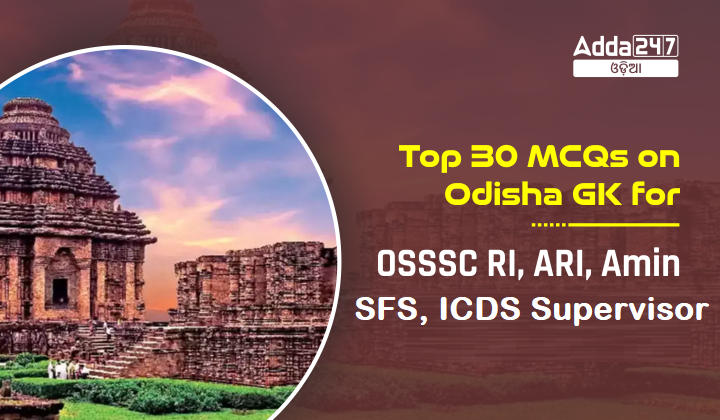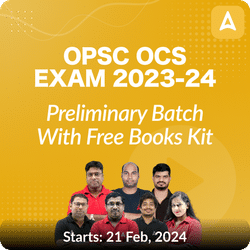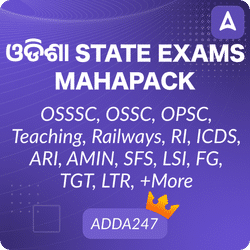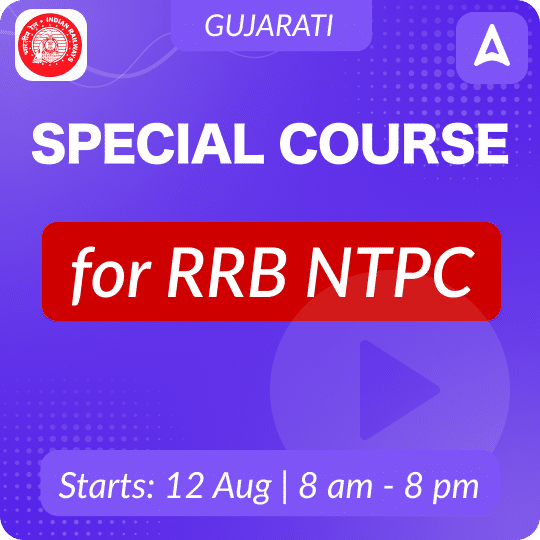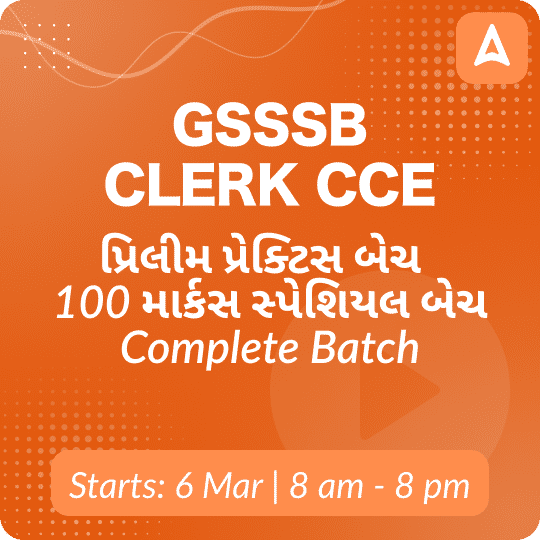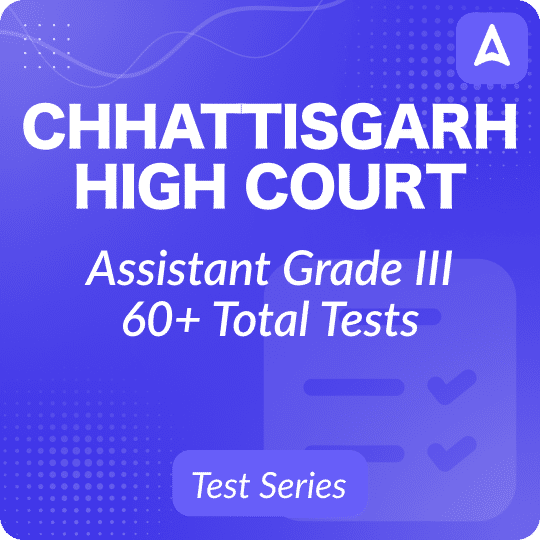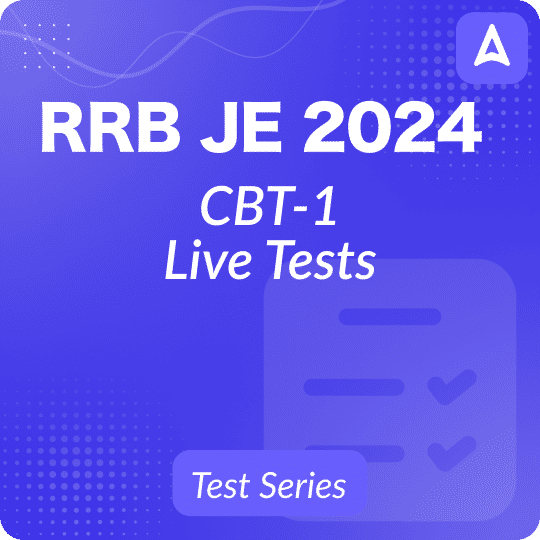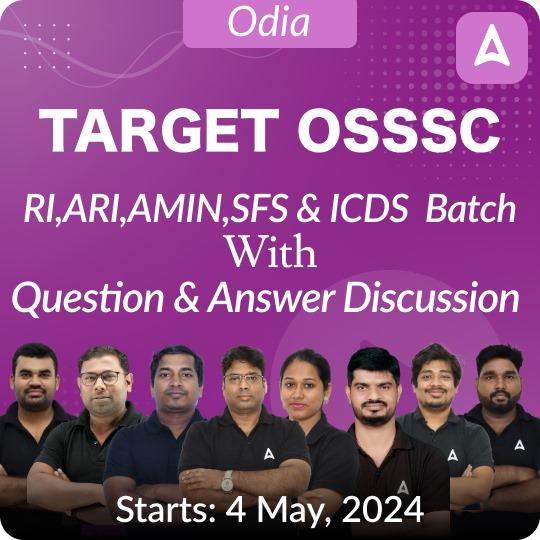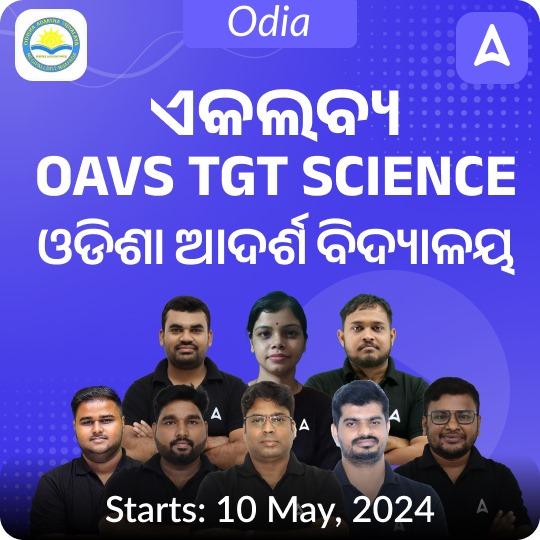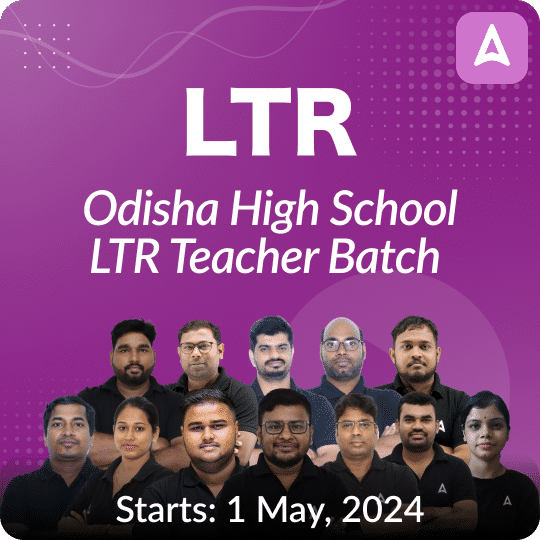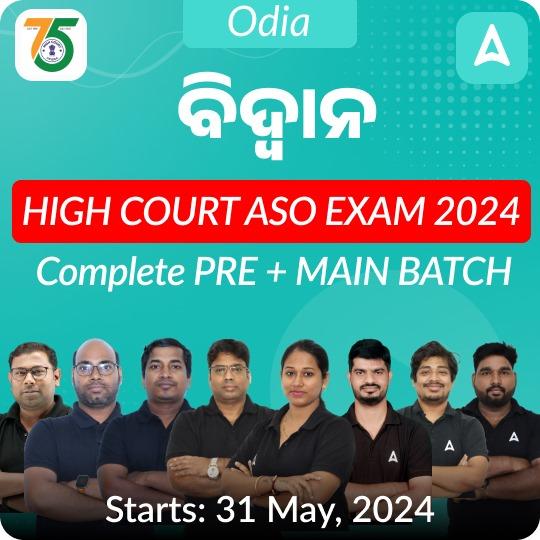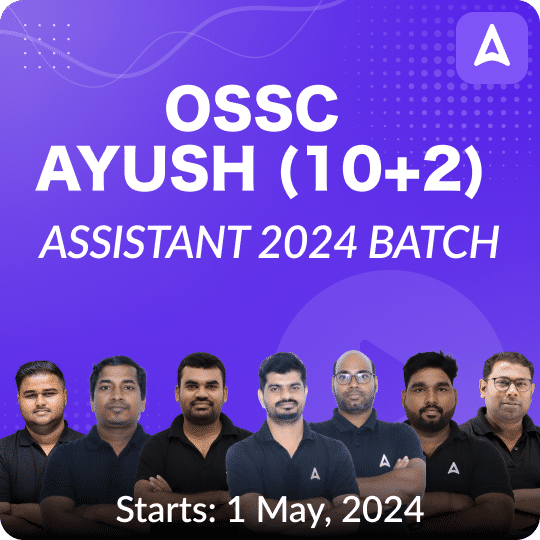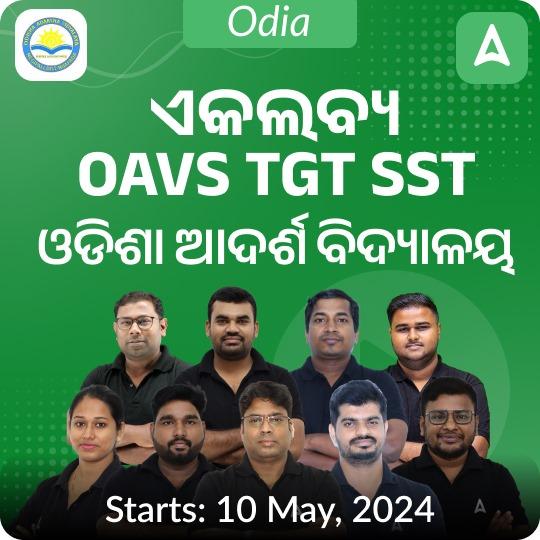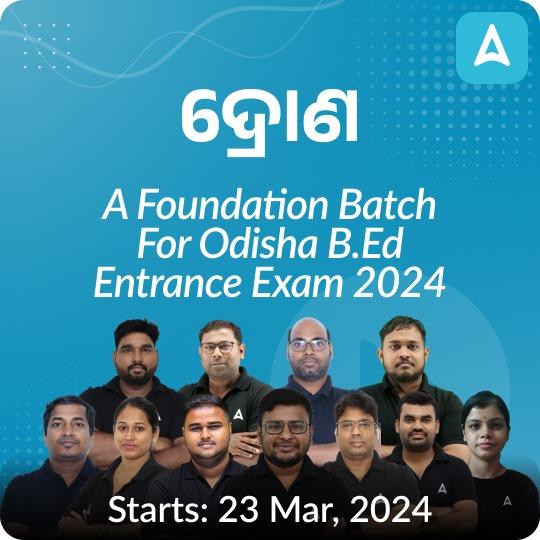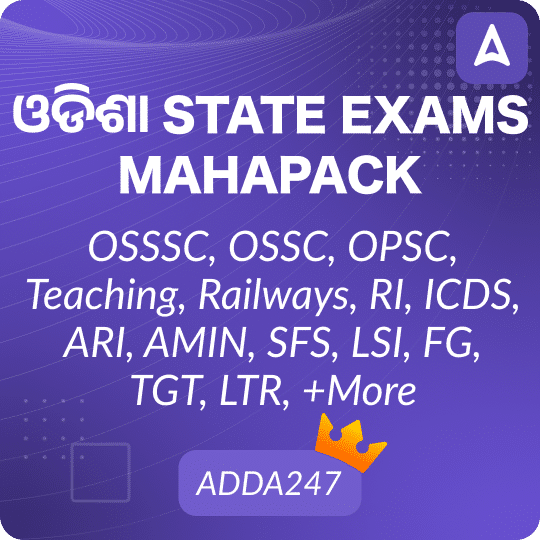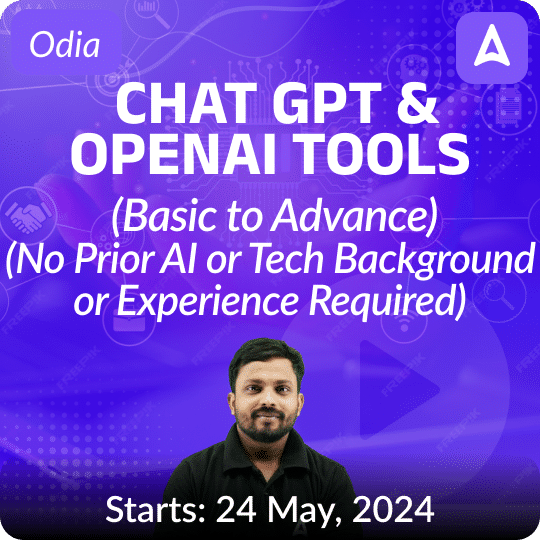General Knowledge is a crucial component of competitive exams, and when it comes to Odisha, a rich tapestry of history, culture, and geography awaits exploration. As you prepare for OSSSC RI, ARI, Amin, SFS, ICDS Supervisor exams, mastering Odisha GK is indispensable. This article presents a curated set of Top 30 Odisha General Knowledge Multiple-Choice Questions (MCQs) to sharpen your knowledge base and boost your exam readiness.
Top 30 Odisha GK MCQS For OSSSC RI,ARI, Amin, SFS, ICDS Supervisor
- Which of the following kings is known for the construction of the Sun Temple at Konark?
[A] Prithviraj Chauhan
[B] Ashoka
[C] Narasimha Deva I
[D] Raja Raja Chola
Correct Answer: [C] Narasimha Deva I
Notes: The Sun Temple at Konark was constructed in the 13th century by King Narasimha Deva I of the Eastern Ganga Dynasty. - Which famous Buddhist site in Odisha is known for its rock-cut caves?
[A] Dhauli
[B] Ratnagiri
[C] Lalitgiri
[D] Udayagiri and Khandagiri
Correct Answer: [D] Udayagiri and Khandagiri
Notes: The Udayagiri and Khandagiri caves are rock-cut caves associated with Jain and Buddhist traditions, located near Bhubaneswar. - Who was the last independent Hindu king of Odisha?
[A] Raja Raja Chola
[B] Prithviraj Chauhan
[C] Mukunda Deva
[D] Prataprudra Deva
Correct Answer: [C] Mukunda Deva
Notes: Mukunda Deva was the last independent Hindu king of Odisha who ruled until the state fell under the control of the Mughals in the late 16th century. - What is the significance of Dhauli in the history of Odisha?
[A] Site of a famous battle during the time of Ashoka
[B] The birthplace of a famous poet
[C] Location of a major temple
[D] An important port
Correct Answer: [A] Site of a famous battle during the time of Ashoka
Notes: Dhauli is known for the famous Kalinga War fought by Emperor Ashoka. It marked his transformation and the adoption of Buddhism. - The capital city of ancient Kalinga was:
[A] Bhubaneswar
[B] Cuttack
[C] Jeypore
[D] Puri
Correct Answer: [B] Cuttack
Notes: Cuttack was the capital city of ancient Kalinga and continued to serve as the capital of Odisha until the colonial period. - The Puri Rath Yatra is dedicated to which Hindu deity?
[A] Shiva
[B] Vishnu
[C] Jagannath
[D] Brahma
Correct Answer: [C] Jagannath
Notes: The Puri Rath Yatra is dedicated to Lord Jagannath, a form of Vishnu, and is one of the most significant religious festivals in India. - Quli Qutub Shah, who invaded Odisha, was the general of which ruler?
[A] Mahmud Shah
[B] Tajuddin Firoz
[C] Ahmad Shah
[D] Humayun Shah
Correct Answer: [A] Mahmud Shah
Notes: Quli Qutub Shah was the general of Sultan Mahmud Shah of the Bahamani kingdom. He invaded Odisha in 1522 AD but was defeated by Prataprudradeva. - Who was one of the Odia leaders that took part in the Great Revolt of 1857?
[A] Surendra Sai
[B] Chakhi Khuntia
[C] Ramakrushna Samanta Singhar
[D] All of the above
Correct Answer: [D] All of the above
Notes: Surendra Sai, Chakhi Khuntia, and Ramakrushna Samanta Singhar were some of the great patriots of Odisha who participated in the Great Revolt of 1857. - Which Odia leader led a strong armed resistance against British rule during the 19th century?
[A] Baji Rout
[B] Jagannath Das
[C] Surendra Sai
[D] Raja Anangabhima Deva
Correct Answer: [C] Surendra Sai
Notes: Surendra Sai was one of the most significant leaders in Odisha who led an armed resistance against British rule during the 19th century. - What was the role of Chakhi Khuntia in the Great Revolt of 1857?
[A] He was a poet
[B] He provided spiritual guidance to the rebels
[C] He acted as a guide and adviser to Rani Lakshmibai
[D] He led the revolt in Odisha
Correct Answer: [C] He acted as a guide and adviser to Rani Lakshmibai
Notes: Chakhi Khuntia was an important figure in the Great Revolt of 1857, known for his role as a guide and adviser to Rani Lakshmibai. - Laxman Nayak led the Quit India movement of Odisha in which district?
[A] Keonjhar
[B] Cuttack
[C] Koraput
[D] Ganjam
Correct Answer: [C] Koraput
Notes: Laxman Nayak led the Quit India movement in Koraput district by organizing an army of 200 men. He was later arrested and executed on 29th March 1943. - Who was the first woman to be elected to the Odisha Legislative Assembly?
[A] Sarala Devi
[B] Rama Devi
[C] Sarojini Devi
[D] Malati Devi
Correct Answer: [A] Sarala Devi
Notes: Sarala Devi was the first woman to be elected to the Odisha Legislative Assembly on 1st April 1936. She also became the first female speaker of the Odisha Legislative Assembly. - Who was felicitated as “Bhumi Putra” by the Indonesian government?
[A] Biju Pattanaik
[B] Gopabandhu Das
[C] Gopabandhu Choudhury
[D] Naveen Pattanaik
Correct Answer: [A] Biju Pattanaik
Notes: Biju Pattanaik, former chief minister of Odisha, was honored with the title of “Bhumi Putra” by the Indonesian government. - Which event inspired Laxman Nayak to lead the Quit India movement in Koraput?
[A] The Non-Cooperation Movement
[B] The Salt March
[C] The call of Mahatma Gandhi
[D] The Rowlatt Satyagraha
Correct Answer: [C] The call of Mahatma Gandhi
Notes: Laxman Nayak was inspired by the call of Mahatma Gandhi to lead the Quit India movement in Koraput. - What role did Sarala Devi play in Odisha’s political history?
[A] First woman to lead a political party
[B] First female Chief Minister of Odisha
[C] First female governor of Odisha
[D] First female speaker of the Odisha Legislative Assembly
Correct Answer: [D] First female speaker of the Odisha Legislative Assembly
Notes: Sarala Devi was the first female speaker of the Odisha Legislative Assembly and played a significant role in Odisha’s political history. - Badaghagara waterfall is located in which district of Odisha?
[A] Mayurbhanj
[B] Koraput
[C] Keonjhar
[D] Balangir
Correct Answer: [C] Keonjhar
Notes: Badaghagara waterfall lies in Keonjhar district of Odisha and is located at a distance of 3 km downstream of Sanaghagara waterfall. - Which river is the source of the Badaghagara waterfall?
[A] Budhabalanga River
[B] Machha Kandana
[C] Rushikulya River
[D] Subarnarekha River
Correct Answer: [B] Machha Kandana
Notes: Badaghagara waterfall is a source of a small river known as Machha Kandana. - What is the height of the Barehipani waterfall in Mayurbhanj district, Odisha?
[A] 200 m
[B] 300 m
[C] 400 m
[D] 500 m
Correct Answer: [C] 400 m
Notes: Barehipani waterfall is the highest waterfall in Odisha with a total height of 400 m. It is also the second-highest waterfall in India. - Where is Duduma waterfall located?
[A] Mayurbhanj district
[B] Keonjhar district
[C] On the border of Odisha and Andhra Pradesh
[D] In the core area of Simlipal National Park
Correct Answer: [C] On the border of Odisha and Andhra Pradesh
Notes: Duduma waterfall is located on the boundary of Andhra Pradesh and Odisha states, situated at a distance of 92 km from Koraput district (Odisha). - Which other waterfall is near Barehipani waterfall in Simlipal National Park?
[A] Duduma waterfall
[B] Badaghagara waterfall
[C] Joranda waterfall
[D] Chilika waterfall
Correct Answer: [C] Joranda waterfall
Notes: Joranda waterfall (150 m) is near Barehipani waterfall in Simlipal National Park and is in the core area of the park. - What date is Utkal Divas, also known as Odisha Foundation Day, celebrated annually?
[A] March 15th
[B] April 1st
[C] May 1st
[D] January 26th
Correct Answer: [B] April 1st
Notes: Utkal Divas, also known as Odisha Foundation Day, is celebrated annually on April 1st to commemorate the formation of Odisha as a state. - Under British rule, Odisha was part of which presidency?
[A] Madras Presidency
[B] Bombay Presidency
[C] Bengal Presidency
[D] Punjab Presidency
Correct Answer: [C] Bengal Presidency
Notes: Under British rule, Odisha was part of the Bengal Presidency, which also included present-day Bihar and West Bengal. - Who was the ancient king of Odisha known for establishing the state’s reputation as a center of art, architecture, and sculpture?
[A] Ashoka
[B] Prithviraj Chauhan
[C] Chandragupta Maurya
[D] Kharavela
Correct Answer: [D] Kharavela
Notes: King Kharavela’s reign is credited with establishing Odisha’s reputation as a center of art, architecture, and sculpture. - The Choudwar fortress site is located in which district of Odisha?
[A] Puri
[B] Bhubaneswar
[C] Cuttack
[D] Balasore
Correct Answer: [C] Cuttack
Notes: The Choudwar fortress site is located in Cuttack district on the left bank of river Birupa. - Which act is being violated by the Industrial Infrastructure Development Corporation (IDCO) due to its actions at the Choudwar fortress?
[A] Indian Forest Act, 1927
[B] Wildlife Protection Act, 1972
[C] Ancient Monuments and Archaeological Sites and Remains (AMASR) Act, 1958
[D] Environmental Protection Act, 1986
Correct Answer: [C] Ancient Monuments and Archaeological Sites and Remains (AMASR) Act, 1958
Notes: IDCO has been accused of violating the AMASR Act, 1958, by excavating and leveling the protected area of the Choudwar fortress. - Choudwar fortress is one of the five forts (Panchakatakas) built by which ruler?
[A] Ashoka
[B] Harsha Vardhana
[C] Chodagangadeva of the Ganga dynasty
[D] Raja Raja Chola
Correct Answer: [C] Chodagangadeva of the Ganga dynasty
Notes: The Choudwar fortress is one of the five forts (Panchakatakas) built by Chodagangadeva of the Ganga dynasty. - Which temple remains at the Choudwar fortress site?
[A] Lingaraja Temple
[B] Jagannath Temple
[C] Kedaresvara Temple
[D] Konark Sun Temple
Correct Answer: [C] Kedaresvara Temple
Notes: The only remains at the Choudwar fortress site are those of the Kedaresvara temple. - By which financial year are eight Indian states expected to have economies exceeding one trillion dollars each?
[A] 2030-31
[B] 2046-47
[C] 2040-41
[D] 2050-51
Correct Answer: [B] 2046-47
Notes: By the 2046-47 financial year, eight states are expected to have economies exceeding one trillion dollars each. - Which state is expected to achieve a one trillion dollar economy by 2046 according to the report?
[A] Karnataka
[B] Odisha
[C] Uttar Pradesh
[D] Andhra Pradesh
Correct Answer: [D] Andhra Pradesh
Notes: Andhra Pradesh is expected to achieve a one trillion dollar economy by 2046. - What was the estimated size of Odisha’s economy in 2023-24?
[A] USD 75.5 billion
[B] USD 103.2 billion
[C] USD 93.7 billion
[D] USD 80.4 billion
Correct Answer: [C] USD 93.7 billion
Notes: Odisha’s economy was estimated to be USD 93.7 billion in 2023-24, ranking 13th among sub-national economies.

